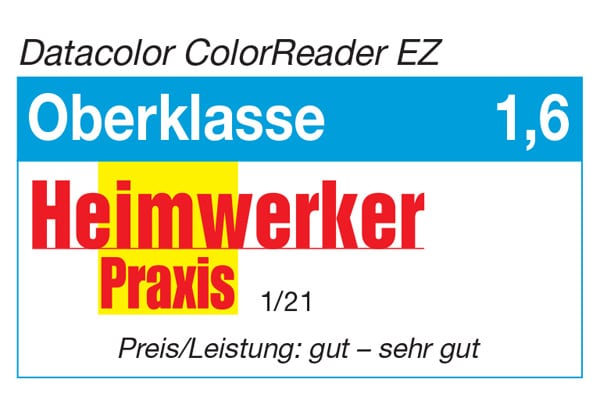© 2025 Datacolor All Rights Reserved.
Close
Buy Now, Pay Later with Shop Pay
Choose Shop Pay at checkout and pay in 4 interest-free installments on orders between $50 and $3,000.*
- Interest free
- No late fees
- No hidden fees
- No impact on your credit score
- No surprises
How it Works:
- Choose Shop Pay at checkout
- Pay in 4 interest-free installments
- Your card will be billed every 2 weeks
- It’s as easy as that!
Shop Pay installments in partnership with
* Payment options are offered by Affirm and are subject to eligibility check and might not be available in all states. California residents: Affirm Loan Services, LLC is licensed by the Department of Business Oversight. Loans are made or arranged pursuant to California Financing Law license.
Close
Shipping charge and method
United States and Canada
- Flat-rate fee of $5.95 (USD*) on all orders
- Standard 3–5 day shipping
*Canada shipping charges will be based on current currency conversion rates










4 Simple Tips To Make The Most of Interior Trim
Trim work in a home’s interior can run the gamut from ample and ornate, to modern and minimal and anything in between. A wide range of options is also true when it comes to color, from clear to tinted stains to paint colors from traditional white to high contrast and/or vibrant color. So, when it’s time to freshen up your trim work, where do you start?
Step 1: Determine Your Home’s Style
Classic colonial? Mid-Century modern? Arts & Crafts/Mission Style? Modern Farmhouse? Your home’s style will have often influenced the type of trim work you have, whether it’s the clean, minimal lines of a contemporary home or the crafted millwork of an old Victorian and this will help you to determine how much of a visual role your trim work plays in the look of your room.
Step 2: Determine the Quality of Your Trim
Trim work falls into one of two categories; paint grade or stain grade. Stain grade is of a higher quality, with graining that looks beautiful when enhanced and protected with stain. You can still paint stain grade wood if that is the look you prefer. Paint grade is often a lesser quality wood with little or no grain, making it the perfect choice for paint.
Unless you’re purchasing the wood trim yourself, you may not know the quality of the trim you have unless it’s stained and not painted. You can always remove a small spot of paint from painted trim to see if it is stain quality (e.g., well-grained).
Imperfections like gouge marks or deep scratches are easy to fill, sand, prime and paint but there are also wood filler products that can help hide imperfections if you prefer a stain.
Step 3: Consider Stain Options
Stain options typically include transparent, semi-transparent and opaque stains.
Transparent stains: protect the wood but offer minimal or no pigmentation for color, allowing the basic wood color to come through and have the grain enhanced by the stain.
Semi-transparent stains: offer more color options and slightly more coverage than transparent stains, but still allow the wood grain to show through.
Opaque stains: offer full color coverage but allow the grain of some deeply grained woods to remain visible.
Step 4: Consider Paint Options
Paint gives you the greatest versatility in terms of color options and sheen.
Sheen: Paints come in a variety of sheens, including flat, matte, eggshell, satin, semi-gloss and high gloss. In general, the higher the sheen, the easier it is to clean, but also the more likely it is to show imperfections. For trim, eggshell, satin or semi-gloss offer a good balance between functionality and style. A high-gloss finish can be used as a design element as well as a practical option for high-traffic spots.
Color: While white or off-white are classic trim colors, don’t limit yourself! Trim color can be used to define elements such as windows and doors, help make a room look larger, balance an open space add color or tie together a room color palette.
Inspo Ideas for Trim
Related Posts
Datacolor’s ColorReader in use at Midvinter Woodworks – Professional carpenter from Berlin/Germany
ColorReader EZ on an Interior Design Mission
Natural colors and absolutely trendy: A complete color design for walls and furniture, using ColorReader EZ